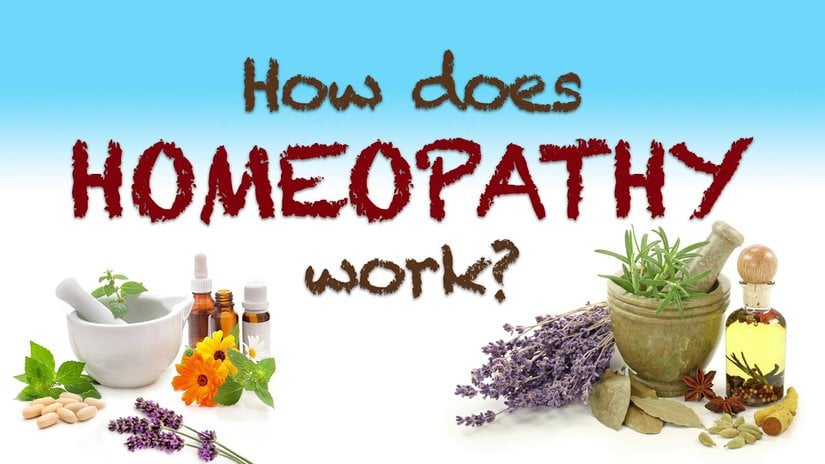A Brief Introduction to Homeopathy

Whether used in conjunction with conventional medicine, or as a natural alternative, homeopathy is a safe and effective form of treatment for many conditions. Homeopathic remedies are natural, safe (even for pregnant women and infants), non-toxic, and free of harmful side-effects.
Homeopathic medicine works by triggering a reaction of the body to heal itself. It optimizes the body’s ability to heal, so that a complete cure is often achieved, and further treatment becomes no longer necessary.
Definition of homeopathy
Homeopathy is a form of alternative medicine that uses highly diluted natural substances to stimulate the body’s healing process and alleviate symptoms.
Dr. Ezgur has seen excellent results with chronic, stubborn conditions that do not fully respond to chiropractic care and/or acupuncture. Common problems that can be helped with homeopathy include chronic pain, allergies, asthma, eczema, psoriasis, rheumatoid arthritis, migraine headaches, sciatica, back pain, carpal tunnel syndrome, fibromyalgia, chronic fatigue, infertility, anxiety, depression, panic attacks, reflux disease, irritable bowel, PMS, and symptoms of menopause.
Initial consultation
During the initial consultation, the patient is asked to describe all of their problems in detail, as well as a complete description of everything that characterizes them as a unique individual, including: emotions, sensations, sensitivities, energy level, sleep, appetite, digestion, etc. The homeopathic physician will complete this study with a physical examination. This thorough and initial interview requires approximately two to three hours. The better the homeopathic physician understands the patient and their problems, the easier it will be for the doctor to reliably identify the specific and most similar remedy for this patient’s unique condition.
Only one specific homeopathic remedy (usually costing around $15.00 for a supply which typically lasts for several months) will be prescribed to address the totality of the patient’s symptoms. Usually, the patient will be instructed to take the remedy daily for a period of a few weeks.
During the follow-up visit, which generally takes place two to six weeks after the original consultation for chronic cases and earlier in acute cases, the homeopathic physician will review all the changes which have occurred since the remedy was taken. A follow-up visit lasts 20 to 30 minutes on the average, but can last up to 60 minutes. After the follow-up visit, most patients continue to follow-up periodically as needed. This typically occurs every 3-8 weeks, until complete cure is achieved.
Origins of homeopathy
Developed by Dr. Samuel Hahnemann, a German physician who lived between 1755-1843, homeopathy is a scientific method of treatment which is based on the application of the law of similars, which essentially states that “like cures like”. Hahnemann first experienced the law of similars while translating a textbook of medicine in which it was reported that cinchona bark was used to cure malaria. He took some cinchona bark himself, and found that as a healthy person, he actually developed symptoms very similar to those of malaria.
This led Hahnemann to consider that a substance may create symptoms that it can also relieve. For example, if you’re chopping onions, your eyes may water, itch and burn. You may also develop a runny nose with sneezing. If you had these similar symptoms during a cold or hayfever, then a highly diluted homeopathic remedy made from red onion (allium cepa) would help your body heal more quickly.
This means that a homeopathic remedy can cure a sick person if it can cause similar sickness in a healthy person. Quite the opposite of conventional medicine, homeopathy involves the use of highly diluted natural remedies which, if given in undiluted doses (“full strength”), would in healthy people actually produce symptoms similar (homoios) to those of the disease to be treated. This law of similars is based on years of observation and a number of discoveries and reflections found throughout the history of medicine.
How homeopathy works
Homeopathy works by triggering a reaction in the body to correct the imbalance (the disease state) enabling the organism to re-balance itself globally so that the susceptibility to sickness is greatly decreased. This healing reaction is triggered by the homeopathic remedy, according to the law of similars.
When the remedy is carefully chosen to be the most similar (ie., the most homeopathic) to the individual’s unique state of disease, the remedy “gains the attention” of the body to react against it, more fully than it had been reacting to the disease itself. In reacting to the remedy, the body’s healing forces are rallied together to eventually overcome the disease itself.
Homeopathic remedies are first scientifically “proven”, by testing small amounts of the natural substances on healthy individuals and meticulously recording all of the symptoms experienced by these individuals. After the symptoms from a “proving” disappear, the experiment continues, and the individuals receive yet another dose to confirm the original findings of the first proving.
This is done several times, and with hundreds of individuals to ensure consistent, accurate, and reliable information. Next, this information is combined with information from clinical trials, to confirm that the remedy does cure individuals with diseases similar to the symptoms of the remedy. The homeopathic remedies most commonly prescribed have been used safely and effectively for decades.
Remedies used by homeopathic physicians come from substances found in nature and are prepared in laboratories by homeopathic pharmacies under very strict regulatory guidelines.
In fact the FDA has publicly stated that: “Homeopathic medicines in high dilutions, taken under the supervision of trained professionals, are considered safe and unlikely to cause severe adverse reactions.” Because of the very high dilutions of the remedies, they are extremely safe and completely devoid of all chemical toxicity. Thus, they are even safe and effective to use with pregnant mothers and infants.










